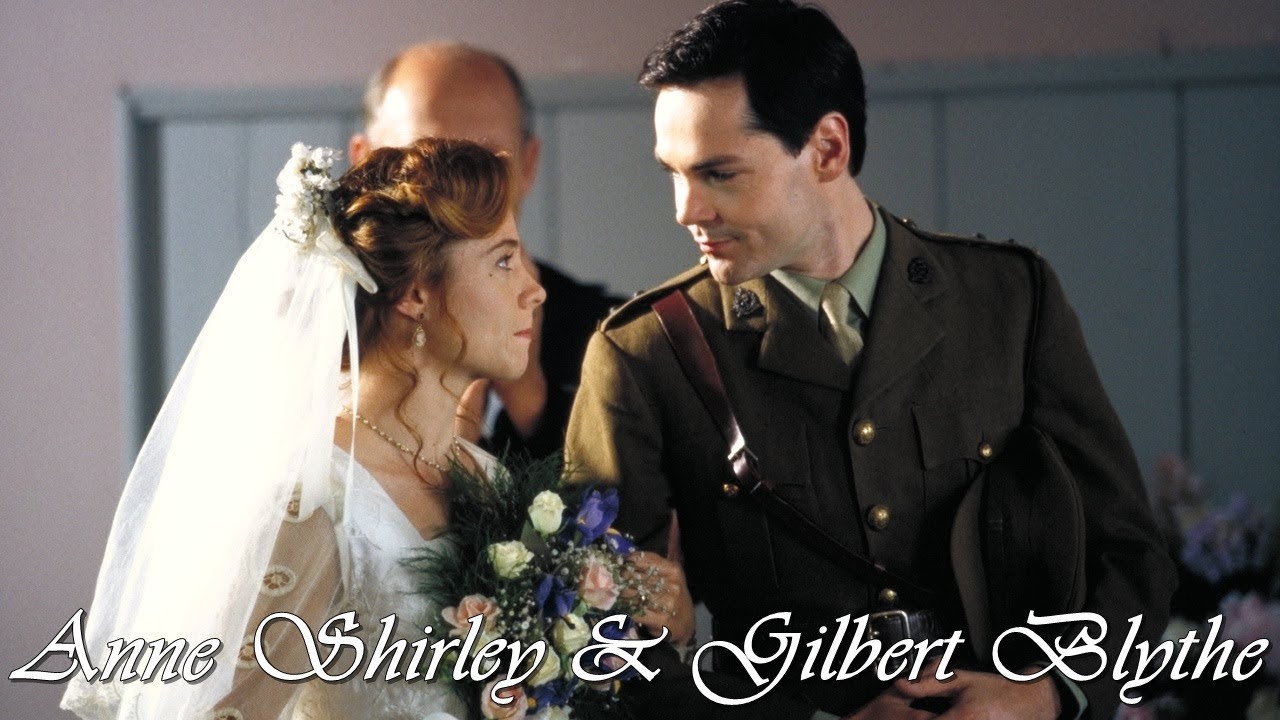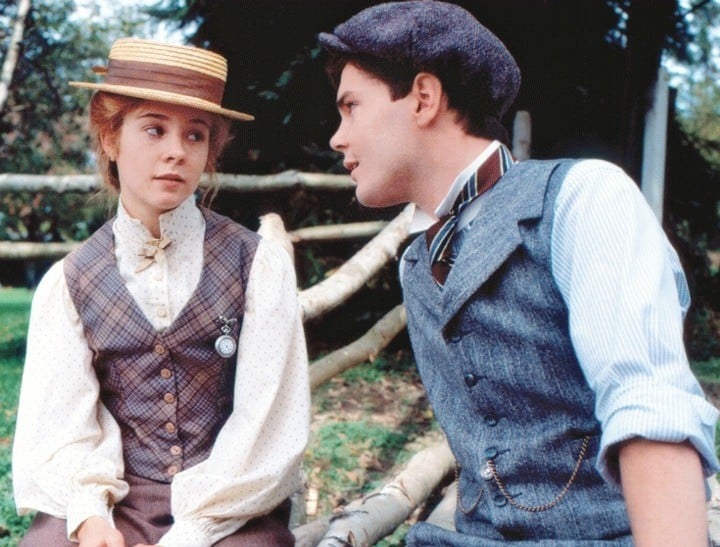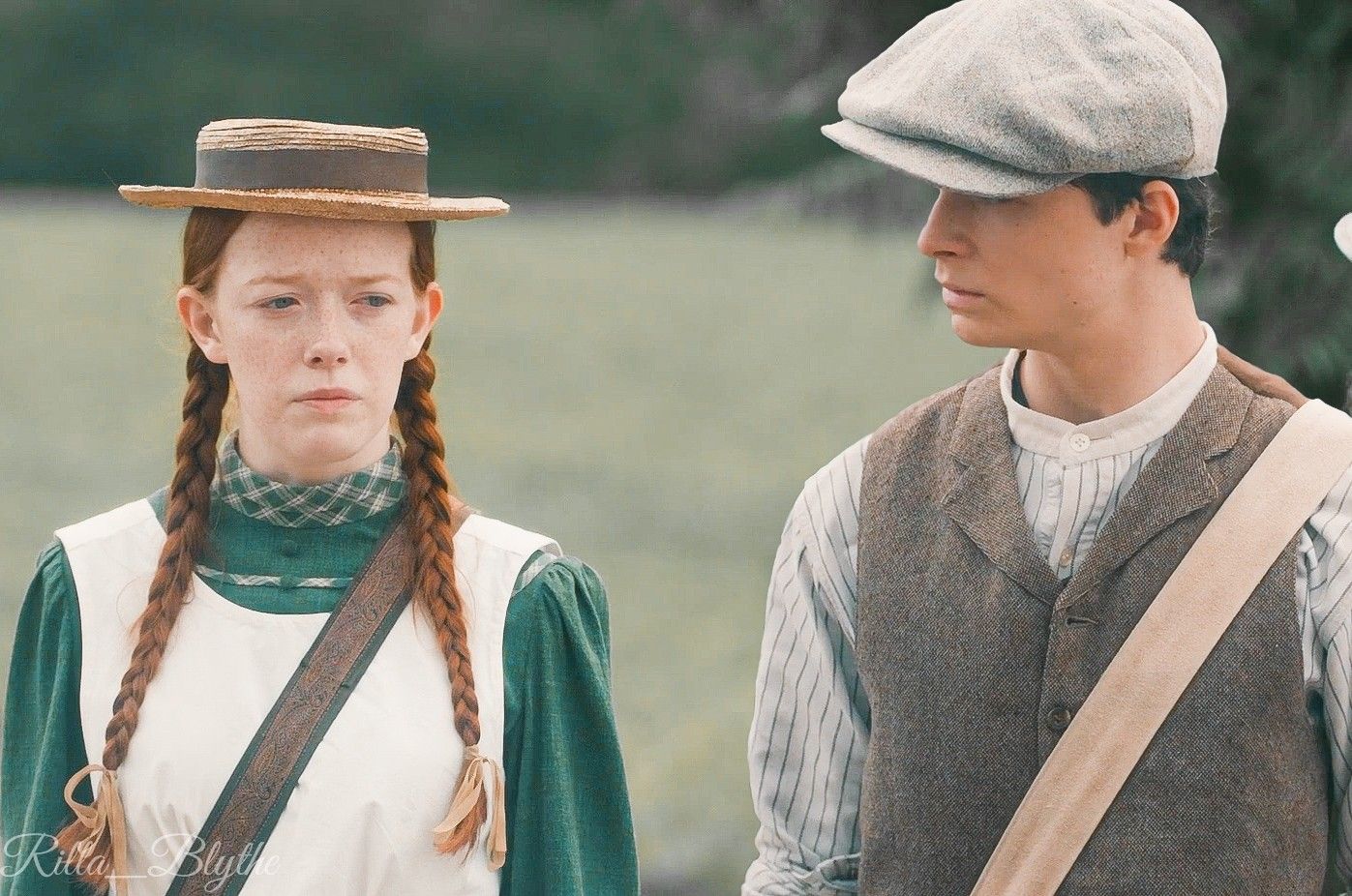Understanding the dynamic between Anne Shirley and Gilbert Blythe is essential when exploring "Anne of Green Gables". It offers a fascinating lens to examine themes of rivalry, growth, and eventual romance. This complex relationship resonates deeply with readers of all ages.
The Initial Rivalry
Anne's and Gilbert's initial interactions are marked by a distinct antagonism. This stems from a seemingly innocuous comment Gilbert makes about Anne's red hair. He calls her "Carrots," and this provokes an immediate and lasting fury in Anne. This seemingly small incident sets the stage for their early relationship.
Explain to your students that for Anne, the comment cuts deep. It touches upon her deepest insecurities about her appearance. Emphasize how societal beauty standards, even in the early 20th century, impacted young girls like Anne. A good teaching prompt: "Why do you think Anne reacted so strongly to Gilbert's teasing?"
It is important to emphasize the power of words. Discuss the impact that even seemingly lighthearted teasing can have. You can prompt a reflection on personal experiences regarding teasing and how it can impact individuals.
The Evolution of Their Relationship
The story chronicles the gradual transformation of Anne and Gilbert's relationship. Their rivalry slowly melts away. It evolves into a deep friendship and ultimately, romantic love. This change is not sudden. It is a process marked by challenges, mutual respect, and growing admiration.
Point out Gilbert's consistent acts of kindness towards Anne. He constantly strives to earn her forgiveness and respect. He repeatedly attempts to offer help and support, even when she rebuffs him. Highlighting these moments helps students appreciate the subtleties of his character.
Discuss the significance of their academic rivalry. Both Anne and Gilbert are fiercely competitive students. Explain that this competition, although initially fueled by animosity, pushes them both to excel. This competitive aspect underscores their intellectual compatibility.
Common Misconceptions
One common misconception is that Anne's initial dislike of Gilbert is purely based on his teasing. While this is a significant trigger, it is also partly due to her fear of vulnerability. She is hesitant to open herself up to potential hurt or rejection. Address these nuanced layers of her character.
Another misconception is that Gilbert's pursuit of Anne is solely romantic from the beginning. While he is attracted to her intelligence and spirit, his initial teasing can be seen as a misguided attempt to gain her attention. It is not solely based on romantic feelings but a complex mix of admiration and boyish antics.
Some students may struggle with Anne's prolonged resistance to Gilbert's affections. Explain that this resistance is not simply stubbornness. It reflects her cautious nature and desire for a deep connection built on mutual respect and understanding.
Engaging Students with the Topic
Utilize role-playing activities. Have students act out key scenes between Anne and Gilbert. This allows them to explore the characters' emotions and motivations firsthand. These scenes should include the "Carrots" incident and Gilbert's later sacrifices for Anne.
Incorporate visual aids. Show clips from film or television adaptations of "Anne of Green Gables." These visuals help students visualize the characters and their interactions. These can be invaluable in bringing the story to life.
Encourage students to write from Anne's or Gilbert's perspective. Ask them to write journal entries reflecting on their feelings and thoughts about each other. These exercises promote empathy and a deeper understanding of the characters' inner worlds.
Thematic Significance
The relationship between Anne and Gilbert is not just a simple romance. It explores broader themes of forgiveness, personal growth, and the importance of seeing beyond first impressions. This resonates with young audiences navigating their own relationships and self-discovery.
Gilbert's selfless act of giving up the Avonlea school position to Anne demonstrates his maturity and genuine affection for her. He recognizes her talent and potential, even prioritizing her dreams over his own ambitions. Analyze this act as a key turning point in their relationship.
The development of Anne and Gilbert's relationship teaches students about the evolution of relationships. This can be useful for them to recognize the difference between infatuation and true love. Encourage your students to reflect on their own perception of healthy relationships.
Classroom Discussion Prompts
Some effective classroom discussion prompts include: "How does Gilbert's character change throughout the story?" and "Why do you think Anne and Gilbert are considered a classic literary couple?" and "What lessons can we learn from their journey from rivals to lovers?". Ensure to explore these prompts in open group discussions.
Encourage students to compare and contrast Anne and Gilbert's personalities. How are they similar, and how are they different? Explain how these similarities and differences contribute to the overall dynamic of their relationship. Invite students to share their observations and analyses.
Ask students to consider the role of setting in shaping Anne and Gilbert's relationship. How does the close-knit community of Avonlea influence their interactions? Examine the influence of Avonlea on the couple's behaviors and decision making.
Conclusion
By exploring the intricacies of the relationship between Anne Shirley and Gilbert Blythe, educators can foster critical thinking and emotional intelligence in their students. This literary love story offers valuable insights into the complexities of human connection. It explores themes of growth, forgiveness and the transformative power of love.


